The homeowner mutiny leaving Florida cities defenseless against hurricanes – Grist Magazine
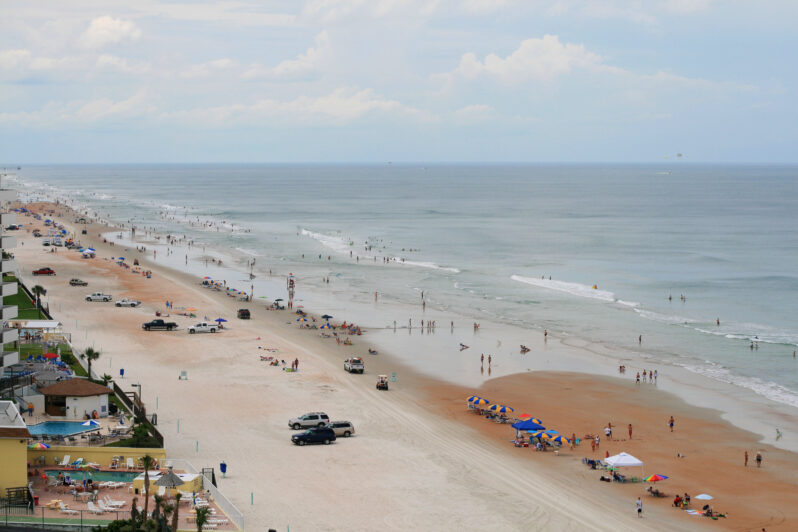
The Army Corps of Engineers won’t restore eroded beaches in Pinellas County unless homeowners agree to one condition: public access…
A Hidden Threat – the Washington Times
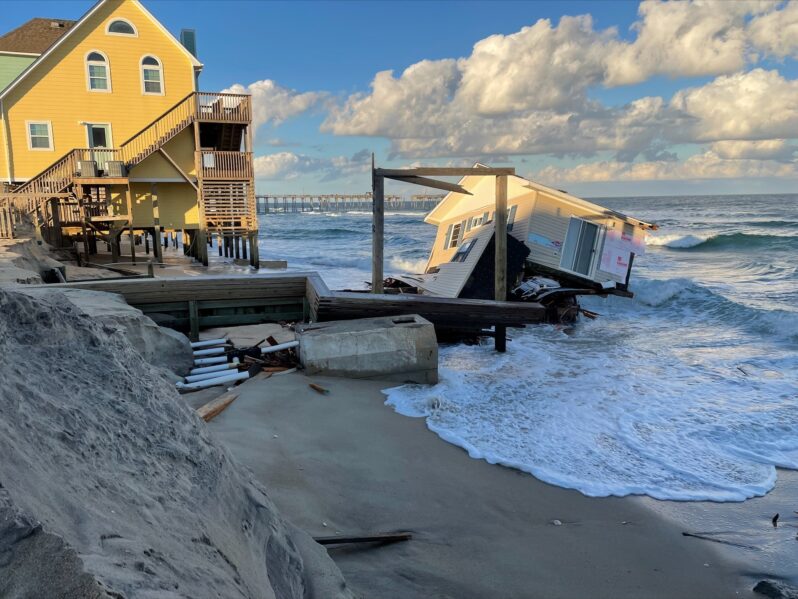
Fast-rising seas could swamp septic systems in parts of the South…
Where Seas are Rising at Alarming Speed – the Washington Post
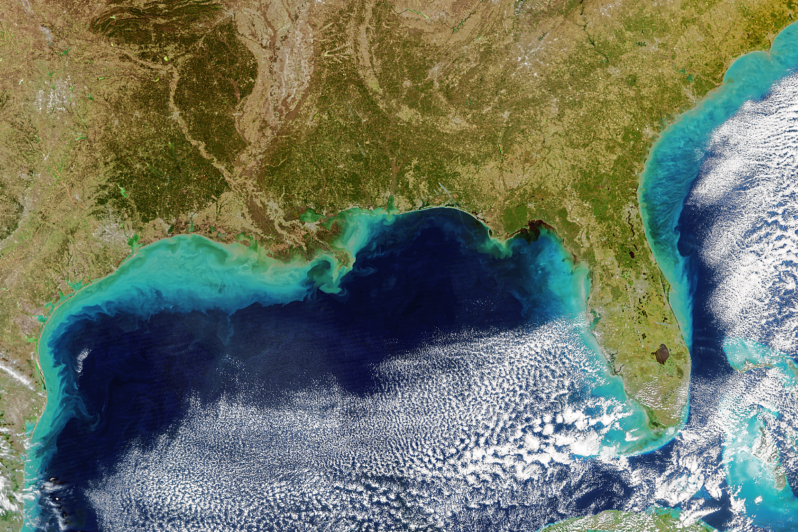
One of the most rapid sea level surges on Earth is besieging the American South, forcing a reckoning for coastal communities across eight U.S. states…At more than a dozen tide gauges spanning from Texas to North Carolina, sea levels are at least 6 inches higher than they were in 2010 — a change similar to what occurred over the previous five decades…
Can the ‘sand motor’ save West Africa’s eroding coast? – Grist Magazine

As sea levels rise, engineers are using massive Dutch-inspired sand sculptures to protect shorefront settlements…It’s called the “sand motor,” and it comes from the Netherlands, a low-lying nation with centuries of experience in coastal protection…
Buying out threatened oceanfront homes is not a crazy idea – Coastal Review

The oceanfront shoreline of Rodanthe has one of the highest erosion rates on the U.S. East Coast (recently upwards of 20 feet per year). Many homes that were initially constructed well back from the beach are now at risk of constant flooding and imminent collapse. A typical response to this erosion in Dare County (and most coastal communities) would be the implementation of a beach nourishment project. It is unclear whether this is practical for Rodanthe, as the geologic setting is problematic…
To Save America’s Coasts, Don’t Always Rebuild Them – New York Times

Federal and state taxpayers have spent billions of dollars over the past four decades pumping up beaches in front of coastal properties in what are known as beach nourishment projects. In Florida alone, almost $3 billion in public funds has been spent just to keep beaches in front of investment homes and oceanfront infrastructure…
Kamchia-Shkorpilovtsi Beach, Bulgaria – II; By Rob Young, Margarita Stancheva & Hristo Stanchev
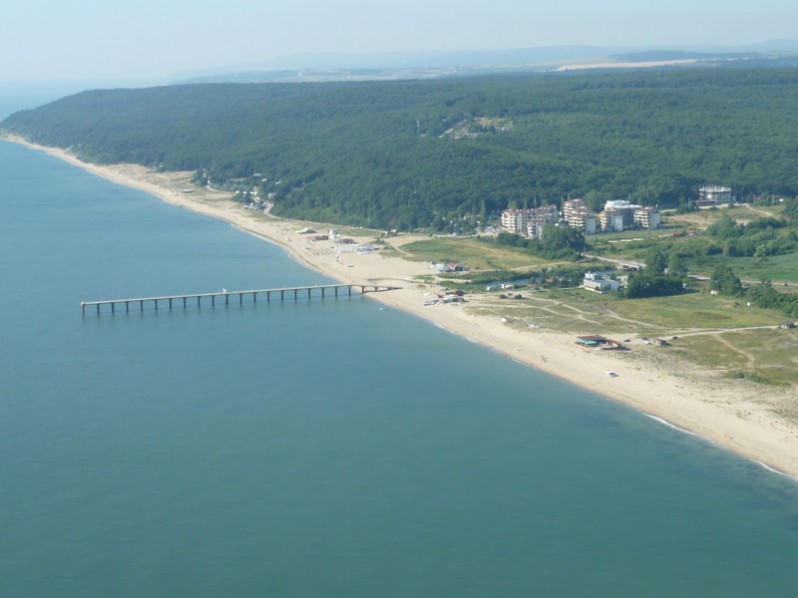
In celebration of Coastal Care’s 10 Year Anniversary, we are republishing an acclaimed selection of the most popular Beach Of the Month contributions of the decade.
From the mountains to the sea: Coastal geologist speaks his mind
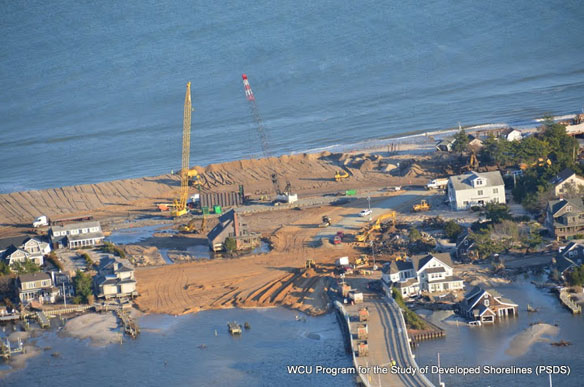
Coastal geologist Rob Young explains how the ocean is flooding coastal property and threatening to consume more land at a time of increasing temperatures, rising sea levels and extreme weather.
The Beach Boondoggle; Op Ed by Robert Young

Hurricane Matthew was not a megadisaster like Superstorm Sandy or Hurricane Katrina, but if precedent holds, simply rebuilding the beaches may cost federal taxpayers billions of dollars.
